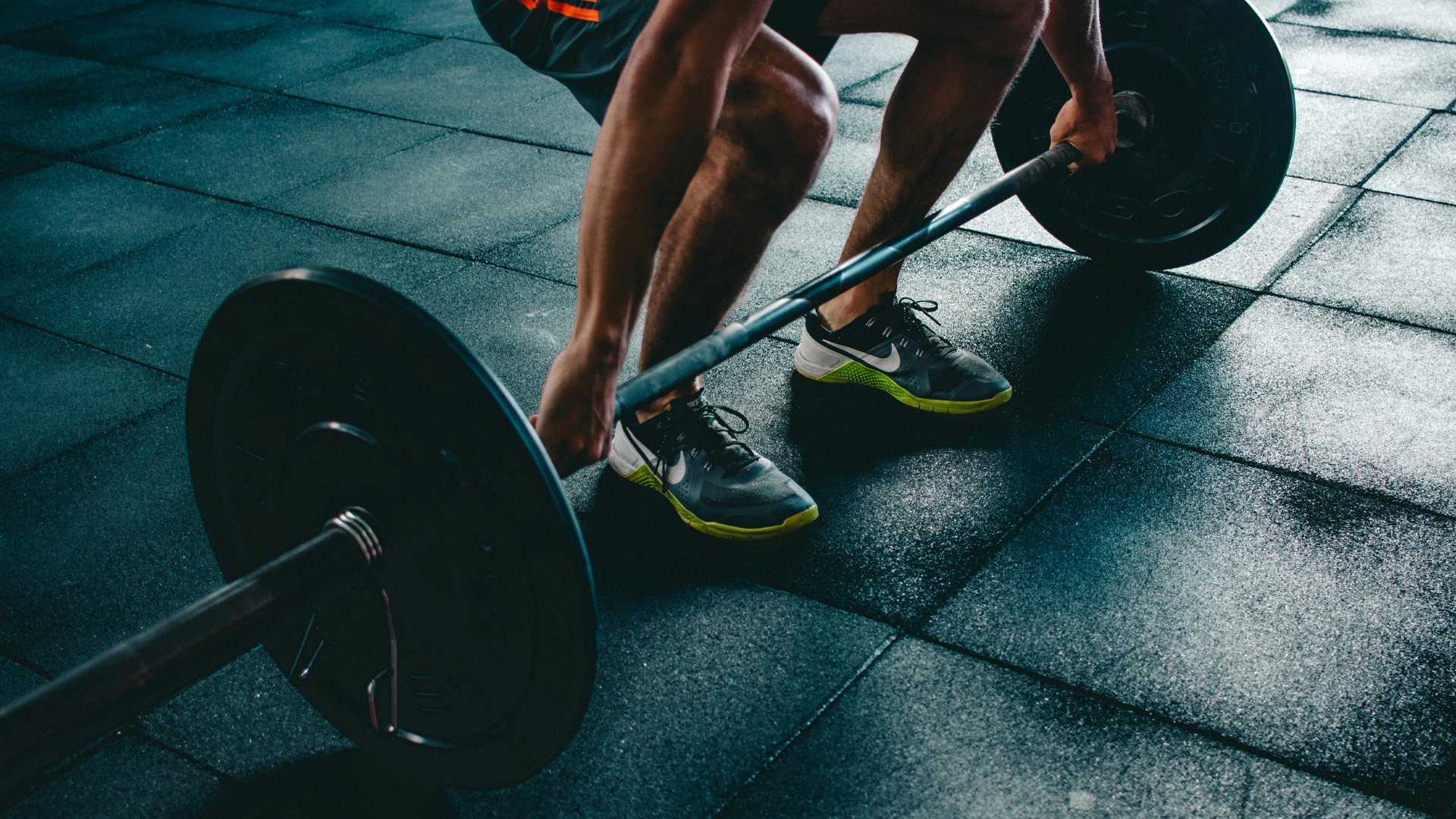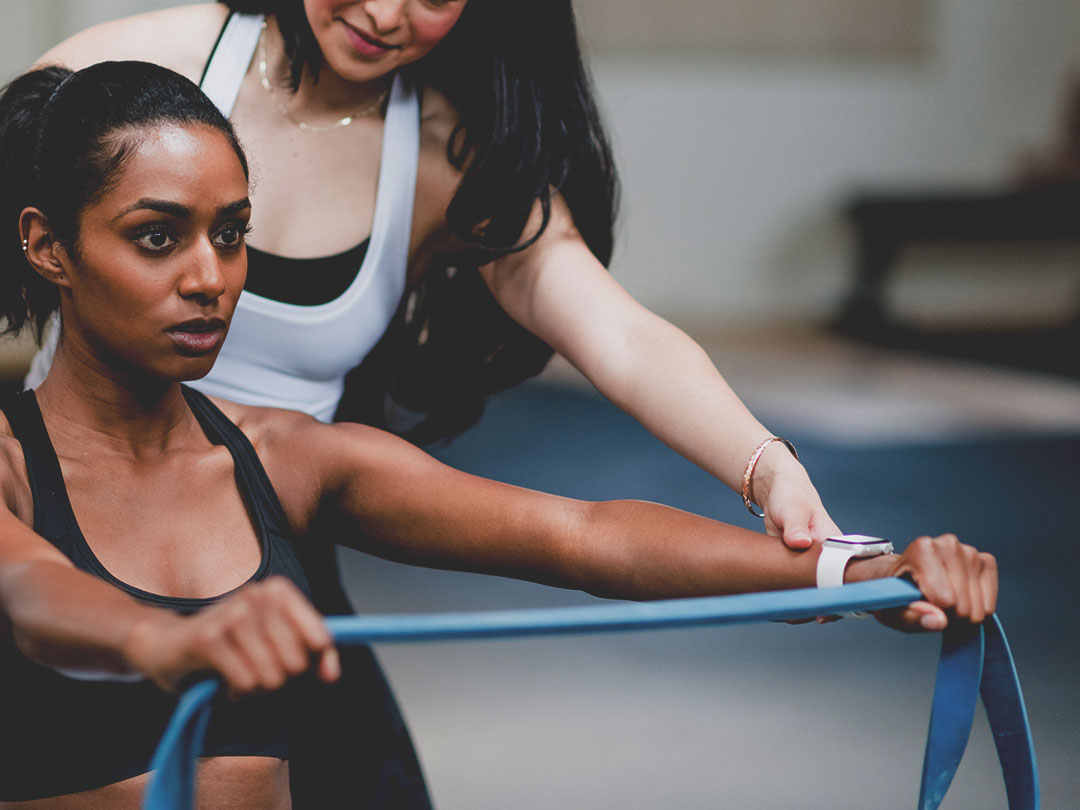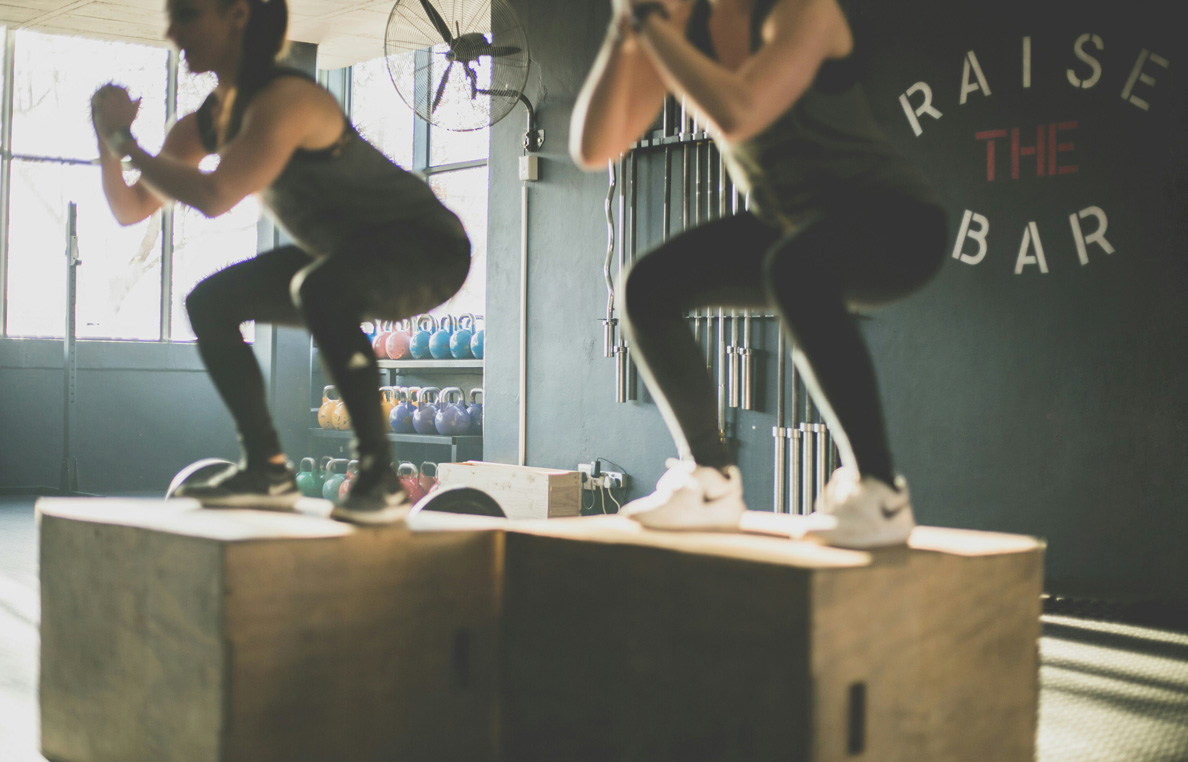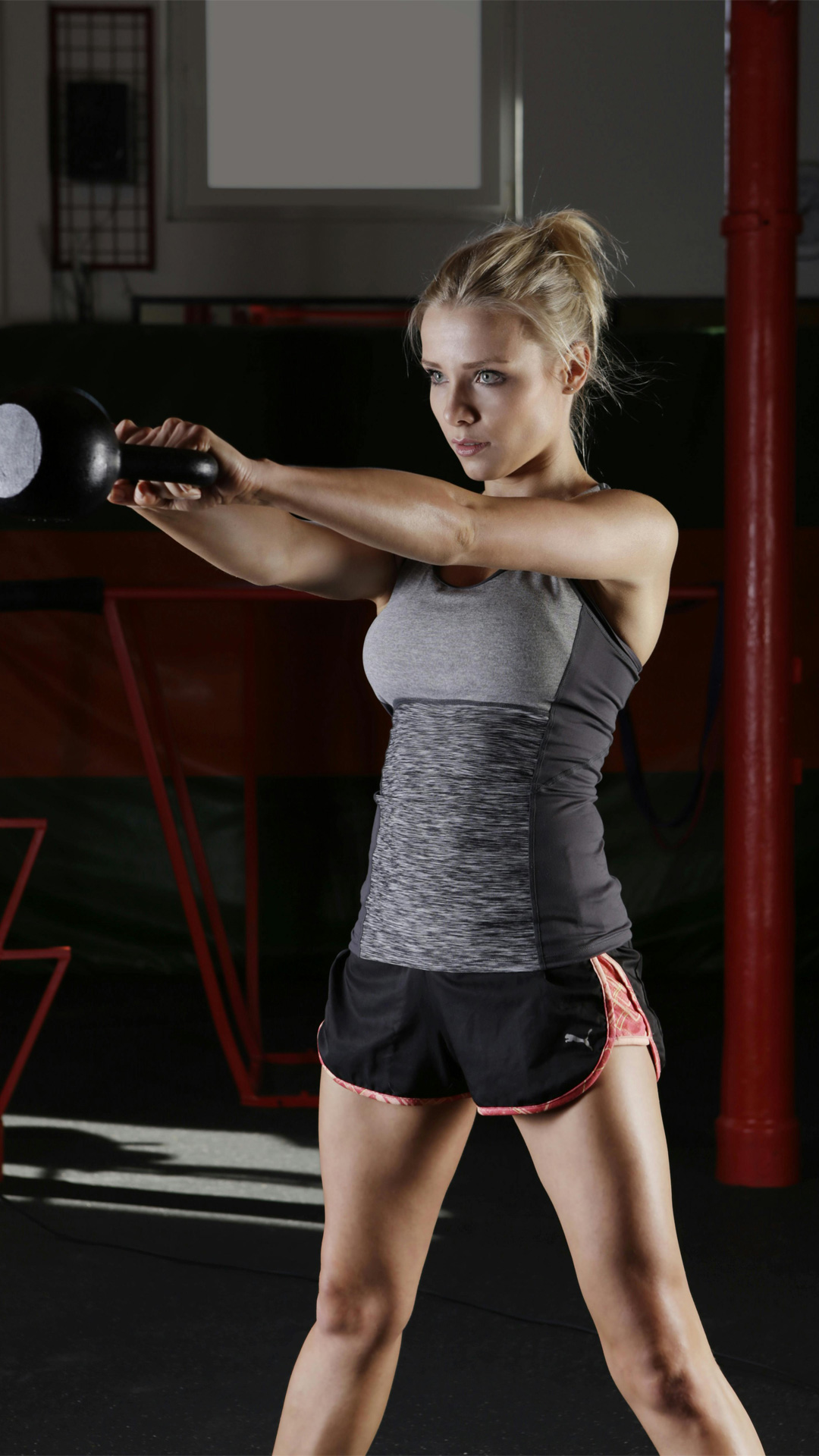Modalities
Corrective
Exercise FIX
how your
body moves
Corrective Exercise uses anatomy, kinesiology, and biomechanics to address movement imbalances and compensations, improving movement quality in workouts and daily life.
What is corrective exercise?
Corrective exercise is a structured way of using specific movements, stretches, and strengthening drills to fix imbalances, improve posture, and restore proper movement patterns.
It’s commonly used by personal trainers, physical therapists, and coaches to help people move more efficiently and reduce pain or risk of injury.
In short: it helps “correct” dysfunction in how your body moves.

Why do people need it?
Modern life (sitting, repetitive movements, injuries, poor training habits) often causes:
- Muscle imbalances (some muscles too tight, others too weak)
- Poor posture
- Limited range of motion (ROM)
- Faulty movement patterns (e.g., knees collapsing in squats, rounded shoulders)
These can lead to chronic pain, reduced performance, and higher injury risk if not addressed.
What does it include?
✅ Mobility work
To restore proper joint motion (e.g., hip openers, thoracic spine rotations).
✅ Stretching & flexibility
To reduce overactive/tight muscles (e.g., hamstring or pec stretches).
✅ Activation drills
To wake up underactive or weak muscles (e.g., glute bridges, scapular retraction).
✅ Movement pattern retraining
Teaching proper form for squatting, lunging, pushing, pulling, etc.



bENEFITS OF corrective exercise
Improves posture
Reduces slouching, forward head, and other common postural faults.
Fixes muscle imbalances
Restores balance between opposing muscle groups.
Enhances mobility & flexibility
Joints move through their full range without restrictions.
Reduces pain & discomfort
Addresses the underlying causes of chronic aches (like lower back, knees, or shoulders).
Prevents injuries
By teaching proper mechanics and building resilience, it lowers the chance of acute or overuse injuries.
Boosts performance
Efficient movement improves strength, speed, and power in athletes and everyday life.
Who is it for?
Anyone can benefit:
- Office workers with poor posture
- Athletes recovering from injury or improving form
- Older adults maintaining mobility
- People who feel “tight” or “crooked” and want to move better

